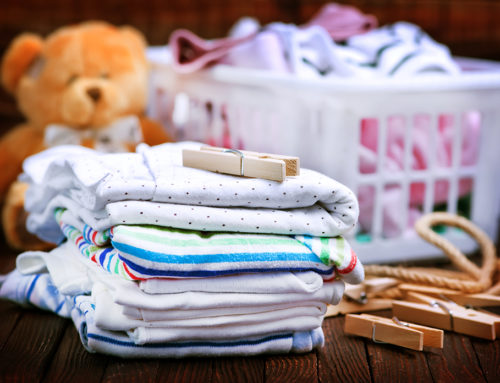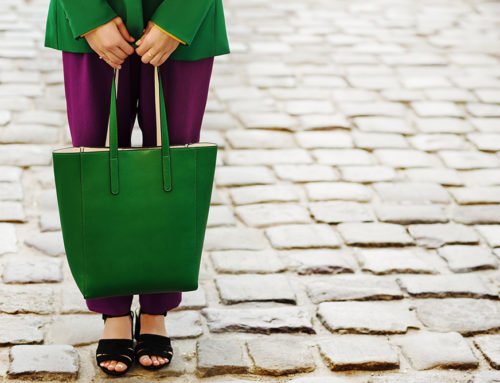Tired of buying clothes that you only wear a few times before they go out of style?
Circular fashion is the solution to the unsustainable and unethical practices of the linear model of fashion. It’s better for the environment, and it’s better for your wallet. You can keep wearing your clothes for longer, and you don’t have to worry about them ending up in a landfill.
With circular fashion, you can be stylish and sustainable at the same time. You don’t have to sacrifice your sense of style for the sake of the environment – we can have both!
Check out this blog post to learn more about circular fashion and how you can start using it in your own life.
What is Circular Fashion?
The fashion industry is one of the most polluting industries in the world. It’s responsible for a large percentage of global water waste and emits more greenhouse gases than international flights and maritime shipping combined.
The linear model of fashion is unsustainable, and it’s time for a change.
Circular fashion is a new way of thinking about our clothes. Instead of treating them as disposable, we view them as valuable resources that can be reused and recycled.
The circular fashion industry is about designing, producing, and buying clothes in a way that reduces waste and pollution.
It’s about creating a closed-loop system where clothes are never thrown away – they’re reused, recycled, or upcycled into new clothing. This movement is part of the sustainable fashion movement, which is working to create a more sustainable and ethical fashion industry.
Things like recycled materials and sustainable fibers are key to circular fashion. Natural fibers like cotton and wool can be recycled into new clothing, and synthetic fibers like polyester can be melted down and turned into new fabric.
The difference between circular and linear fashion

The circular model of fashion is the opposite of the linear model.
In the linear model, clothes are made from new materials, worn a few times, and then thrown away. The fast fashion industry has made this business model even more unsustainable by mass-producing cheap clothes that are only meant to be worn a few times.
In contrast, the circular fashion economy is all about reusing and recycling clothes. Clothes are made from recycled materials, worn for as long as possible, and then recycled or upcycled into new clothing.
The Benefits of Circular Fashion
There are many benefits to circular fashion, both for the environment and for consumers.
Here are the three main benefits of circular fashion:
Reduces pollution and waste
Since circular fashion brands use recycled materials, they produce less pollution and waste.
This is good news for the environment, as the fashion industry is one of the most polluting industries in the world. Circular fashion helps to reduce the amount of pollution and waste produced by the fashion industry each year.
Saves water
The use of sustainable materials like organic cotton and wool saves water.
These materials require less water to grow and produce, which means that circular fashion brands use less water than traditional fashion brands. This is good news for the environment, as water conservation is an important issue in today’s world.
In addition, circular fashion brands often use less water in the manufacturing process, as they recycle or upcycle existing clothing instead of starting from scratch.
This helps to save even more water, and it’s one of the many ways that circular fashion is more sustainable than traditional fashion.
Reduces your carbon footprint

The apparel industry is responsible for a large percentage of global greenhouse gas emissions.
However, circular fashion can help to reduce your carbon footprint in two ways. First, by using sustainable materials like organic cotton and wool, circular fashion brands use less energy and water in the production process.
This helps to reduce the number of greenhouse gases emitted by the fashion and clothing industry through the manufacturing process.
Second, by recycling or upcycling clothes instead of throwing them away, circular fashion brands help to keep clothes out of landfills.
When clothes are thrown away and end up in landfills, they release methane gas, which is a powerful greenhouse gas. A circular business model helps to keep clothes out of landfills, as it encourages consumers to recycle or upcycle their clothes instead of throwing them away.
Saves you money
A circular economy is not only good for the environment – it’s also good for your wallet.
Recyclable materials like water bottles and aluminum cans can be turned into new clothing. In fact, many fashion professionals and ethical brands today have started using recycled materials to create sustainable and stylish clothing.
So, if you’re looking to save money and help the environment, circular fashion is the way to go!







Leave A Comment